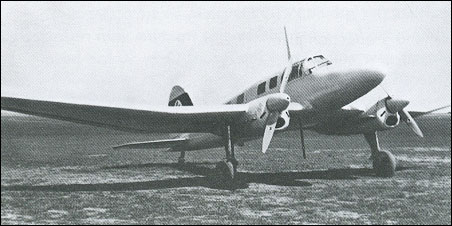|
| There is no text information for this aircraft at the moment.
| lxbfYeaa, e-mail, 14.03.2024 05:34 20 reply | | Graham Summers, e-mail, 19.07.2017 22:58 Further to Barry's comments, may I add the following. The original V1 (V=Versuchs or Prototype)featured a low mounted tail plane. However the V2 featured a new higher set empenage on the middle of the fin, which was reinforced with struts, much like the Ju 87 and early Bf 109 aircraft. This was to eliminate instability and flutter problems discovered with the first layout. The third example (V3) was to be a production prototype. This featured deeper and longer engine nacelles, to allow for the undercarriage units to retract rearwards into them. The first two examples had featured outward retracting wheels which retracted into the wing. Also of note was that the wheels faced inwards on the V3 and subsequent production examples. As far as is known, none of the nine aircraft built survived the war. reply | | Thomas, 03.02.2010 06:27 Beautiful aircraft reply | | Barry, 04.01.2010 16:02 The name AGO (note the upper case) was derived from the original company founded in 1912 as Aerowerke Gustav Otto a subsidiary of the Otto Company of Munich. When the company was reformed in 1934 it took the name Aktien Gessellshaft Otto (AGO) its original purpose to license produce aircraft for other manufacturers. The AGO 192 was built in 2 basic models the first of which V1 (illustrated) was flown in the summer of 1935. Subsequent models had a larger fuselage to enable the carriage of six passengers. Only six aircraft were built owing to the commitments to licence production of other manufacturers aircraft.
Power A model (V1 V2) Argus 10C
B model (V3 and remainder Argus 10E developing 270 hp
Dimensions Span 44'4" Length 32'1" (A model) 35'10"
(B model)Height 9'6" (A model)11'10" (B model) reply | |
| | BRI'AN CHEN, e-mail, 11.10.2007 17:52 DANKE!DANKE! reply |
|
Do you have any comments?
|
| |









